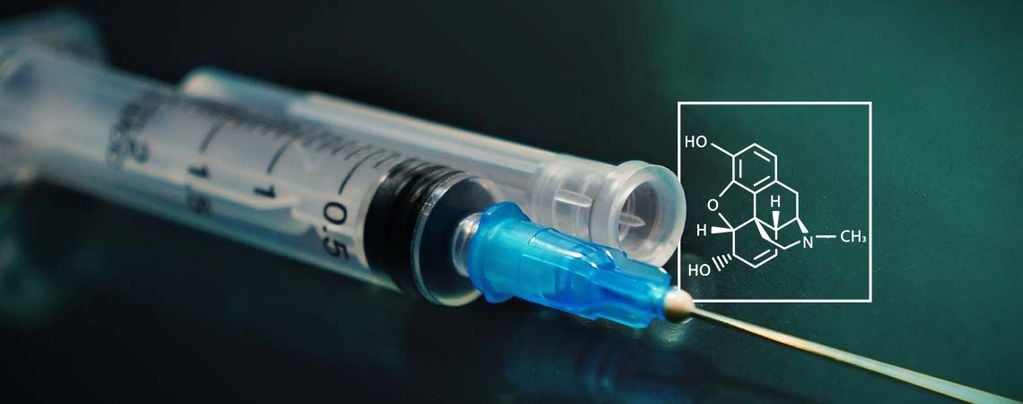
New Research: Make Morphine Out Of Sugar And Water
Take a seat, poppies. It looks like sugar has what we need.
When it comes to powerful medical grade pain killers, opiates like codeine and morphine are often seen as way up there on the list. Both are created through complicated poppy extraction, which can yield impurities that cause nasty side-effects when taken. As such, this makes these pain killers both an expensive and dangerous commodity. Well, a pioneering group of scientists think they have discovered a new, cheap, and safe way of producing opiates. How you might ask? With sugar and yeast.
That’s right! New research published in the journal Nature Chemical Biology believes it has found a way of brewing large batches of pure opiates overnight using sugar and yeast. It is a potential game changer for the medical market, turning production time from months into days. Not only this, sugar based yeast extraction appears theoretically yields a much cleaner product. “This work is going to enable the production of novel [pain-relieving] analgesics that are safer and less addictive,” said Kenneth Oye, co-writer of the research commentary and political scientist at MIT.
HOW SUGAR BECOMES MORPHINE
Generally speaking, when yeast and sugar are combined, the result is alcohol. But with some very clever brewing, and a plethora of different enzymes, it is possible to produce potentially life-changing meds, instead of the world favourite toxic tipple. To get a good idea of how all this works, imagine a 15-tier system. At the bottom rests sugar, whilst at the top sit the many forms of opiates. Each tier introduces a different enzyme to the mix, and as sugar passes through them, it is transformed into a progressively complex compound.
Science has known for quite a while that yeast and sugar had the potential to make opiates, but it could never find the right kind of enzyme to make it happen. This elusive enzyme is known as L-dopa, and scientists have been unable to find a version of it in any plant, animal or, bacteria that works with yeast. Until now that is. In 2014, William DeLoache , lead researcher of the this current study, found that a protein within the plant Mirabalis jalapa converts L-dopa into a highly florescent pigment. By extracting this converting protein he have been able to use it as a marker, and find strains of yeast that contain L-dopa – filling in the missing puzzle piece of sugar/yeast opiate creation.
It is also worth noting, that as things stand, this is all just theory. No one has actually gone ahead and synthesised the stuff yet using sugar and yeast, they are just excited about the possibility.
THE DILEMMA: BREW YOUR OWN HEROIN
Of course, such an advancement doesn’t come without its own concerns. The main of which is the potential for misuse. If it becomes easier to create opiates, it becomes easier to brew drugs that can be abused. To try and combat this, there are plans to place silent DNA markers within the yeast’s DNA, so that authorities can trace production, and only allow approved scientists and labs to work with it. Sharing the yeast would likely become illegal.
Despite potential for abuse, the pros clearly outweigh the cons here. It is an amazing advancement, and just goes to show the power of chemistry – turning sugar into opiates is no mean feat! It could revolutionise the prescription painkiller market, and greatly reduce the amount of prescription based drug deaths – which are higher than those off illegal drugs. Who knows, it could even open up whole new ways for different drugs to be produced!












 United States
United States










